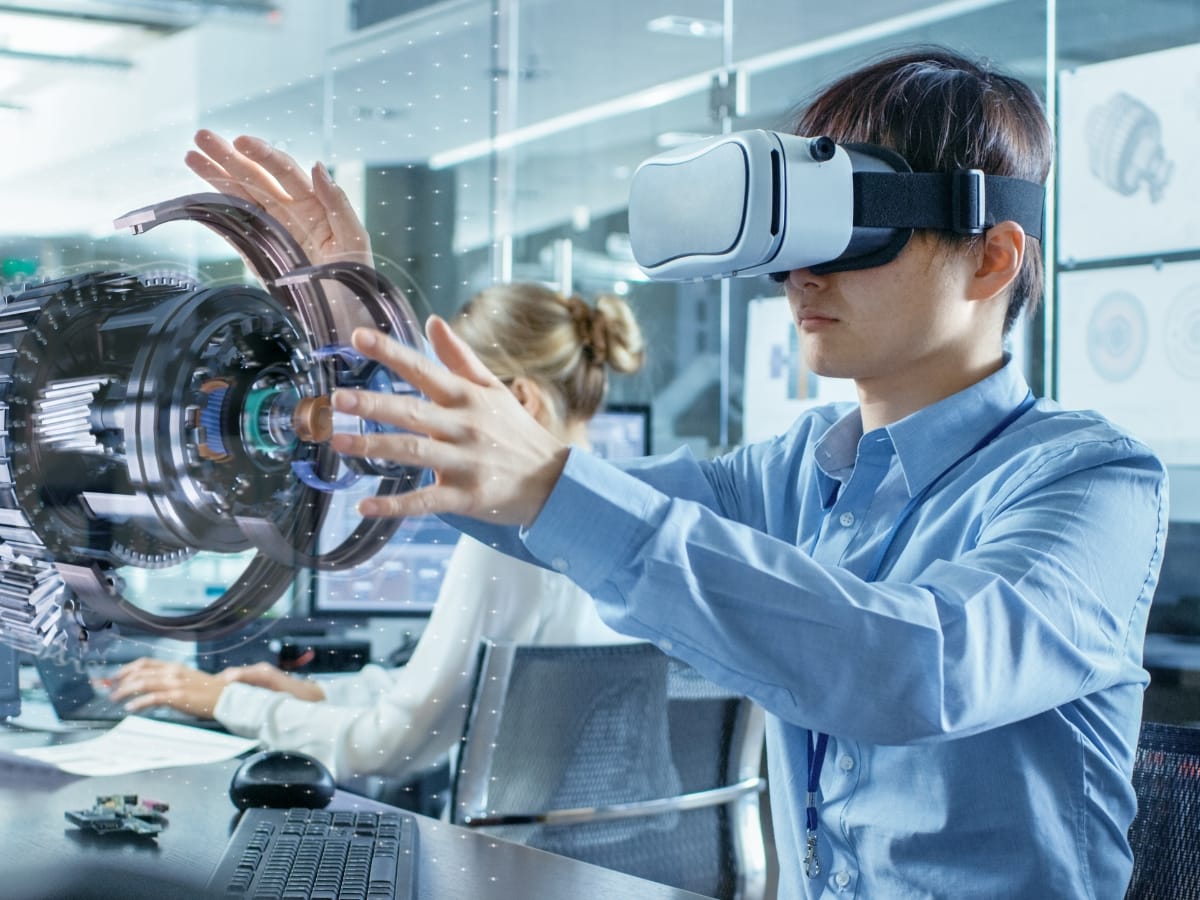Virtual influencers, or computer-generated characters with curated personalities and massive online followings, are quickly becoming a disruptive force in the world of digital marketing. Blurring the line between fiction and reality, these digital personas are reshaping how brands connect with audiences, especially younger, tech-savvy consumers. With endless customization possibilities and zero risk of scandals, virtual influencers offer intriguing opportunities for brand storytelling and engagement. However, their rise also brings challenges around authenticity, transparency, and audience trust. In this article, we’ll explore the emergence of virtual influencers, what they offer brands, and the ethical and practical hurdles that come with them.
How Virtual Influencers Are Changing Marketing Forever
What Are Virtual Influencers and How Did They Rise to Popularity?
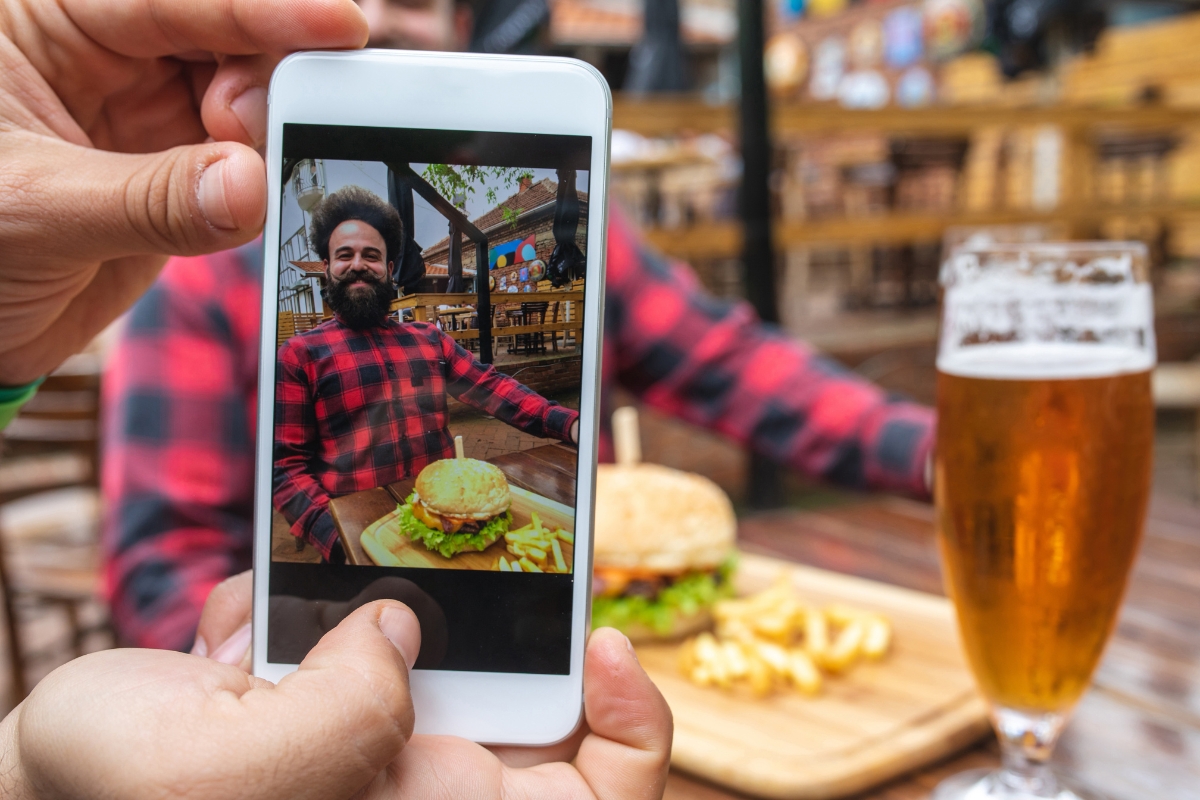
Virtual influencers are digital characters created through advanced graphics and artificial intelligence. Unlike traditional influencers, they aren’t real people. Instead, they’re built by creative teams using software, motion capture, and machine learning to behave and interact like humans on social media platforms. These virtual personalities are designed with specific traits, visual styles, and storylines to make them feel authentic and relatable.
Their popularity has grown rapidly thanks to improvements in 3D rendering, animation tools, and the growing presence of AI in marketing. As social media has evolved, so has the way audiences interact with content. Virtual influencers offer brands full control over every post and interaction. They don’t age, miss deadlines, or stir up controversy, making them an appealing option for companies looking for consistency and creative flexibility.
The digital shift in communication has also played a big role. More people now engage with brands online, and virtual influencers offer a new way to connect through visually engaging and highly curated content. As these characters grow their followings, they’re increasingly being used in ad campaigns, sponsored content, and even brand ambassador roles.
What Defines a Virtual Influencer?
A virtual influencer is not just a digital image. They are designed with personality traits, a unique voice, and a consistent online presence. Most are given backstories that help them seem more real and relatable to followers. These characters can interact in comments, post regularly, and even respond to current trends, just like human influencers.
What sets them apart is that every aspect of their persona is controlled by a team of designers, writers, and marketers. Their behavior is scripted, and their appearance is generated using digital modeling. Some virtual influencers are animated, while others are photorealistic enough to be mistaken for real people in images and videos.
Examples like Lil Miquela and Shudu show how effective this strategy can be. They have gathered millions of followers by posting lifestyle content, collaborating with major brands, and maintaining a consistent visual identity. Their popularity shows that audiences are open to following and engaging with non-human personalities when the content feels polished and entertaining.
How Has Technology Driven the Growth of Virtual Influencers?
The rise of virtual influencers wouldn’t be possible without advancements in technology. High-end rendering tools now allow designers to create hyper-realistic visuals. AI systems help generate content ideas, simulate realistic conversation patterns, and optimize performance across platforms. Motion capture tools make it possible for digital characters to move more naturally, which helps in video content. AI algorithms can also track engagement and adjust messaging for different audiences. These tools allow teams to respond quickly to trends and create tailored experiences that feel timely and relevant.
Newer technologies like augmented and virtual reality are also pushing the space forward. These immersive tools allow virtual influencers to appear in more interactive environments, such as mobile games, branded filters, or virtual fashion shows. The combination of AI and immersive media is opening new ways for brands to deliver content that feels fresh and engaging.
Which Industries Are Leading the Adoption of Virtual Influencers?
Fashion and beauty brands were among the first to use virtual influencers, thanks to their visual focus and fast-moving trends. Companies like Balmain, Prada, and Calvin Klein have worked with digital personas to launch campaigns that blend futuristic style with storytelling. These collaborations often appeal to younger audiences who value creativity and digital culture.
Entertainment, technology, and food brands have also started using virtual influencers to attract attention in crowded markets. These characters offer a way to stand out without relying on traditional celebrity endorsements or unpredictable online personalities. By using virtual influencers, companies can lower production costs, maintain full creative control, and experiment with new storytelling formats. As the technology becomes more accessible, more industries are exploring the possibilities these digital figures offer—not just as promotional tools, but as long-term brand assets that can evolve with their audience.
What Opportunities Do Virtual Influencers Offer to Brands and Creators?
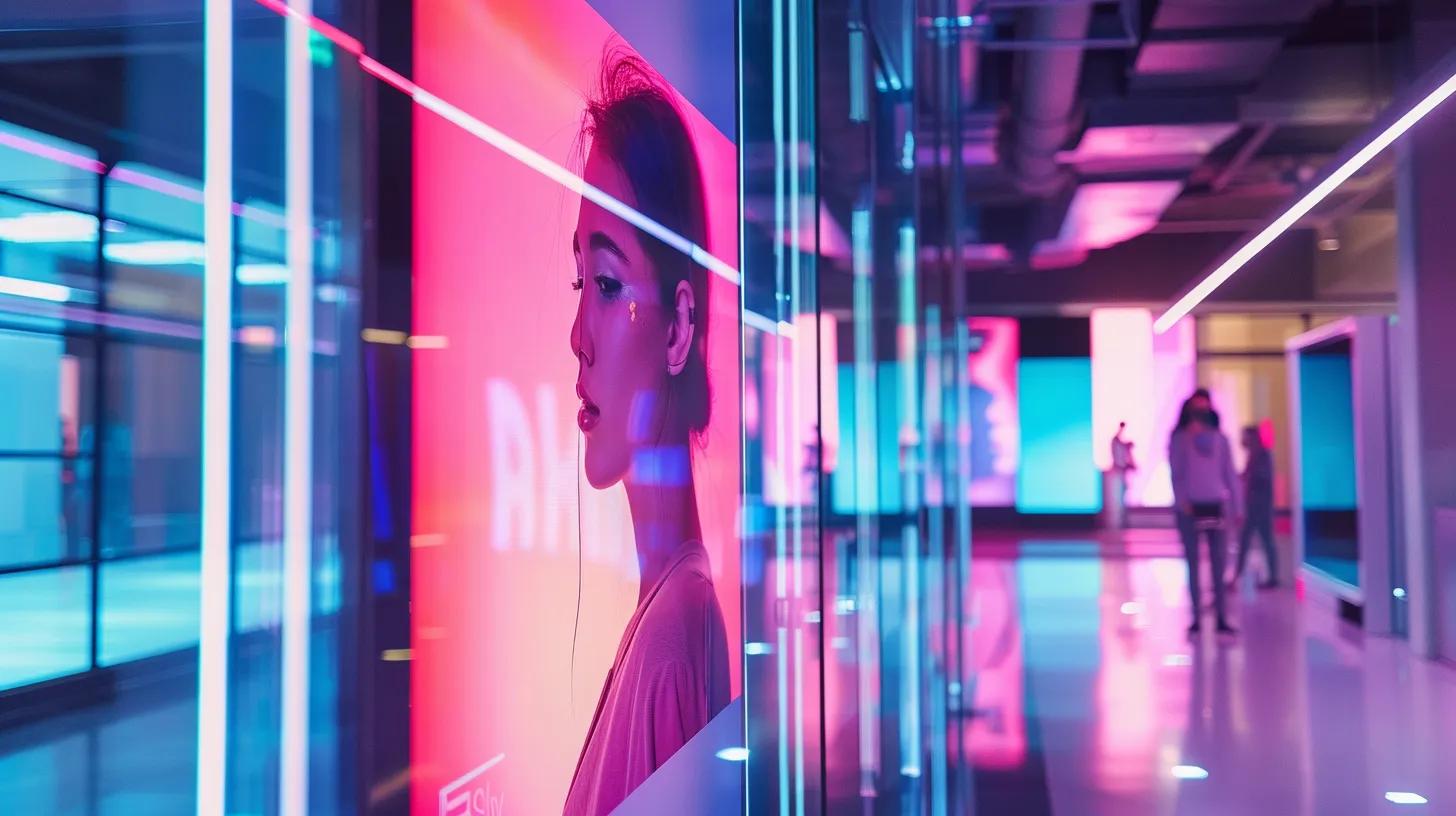
Virtual influencers give brands full control over how their digital personas behave and appear online. Because they are entirely computer-generated, companies can craft every detail from tone of voice to appearance, avoiding many of the common challenges that come with working with real-world influencers. This control allows for consistent messaging, predictable behavior, and fewer risks related to reputation damage or unexpected controversies.
These digital personalities are useful across a wide range of marketing efforts. They can be deployed across social platforms, websites, and other digital channels to interact with followers, promote products, and reinforce brand identity. For content creators and marketers, virtual influencers open up new creative possibilities, especially for campaigns that require flexibility, fast turnaround, or content production at scale. Unlike human influencers, virtual influencers don’t require rest, travel, or accommodation, making them a cost-efficient alternative for long-term projects.
How Can Brands Leverage Virtual Influencers for Marketing?
Companies can use virtual influencers as part of larger campaigns to build awareness, drive engagement, and shape brand identity. These digital figures can be used to represent products in a way that feels personal, without relying on celebrity endorsements. Because every post and interaction is pre-planned, brands maintain full control of the narrative.
Virtual influencers can be used to communicate directly with followers, share updates, and even respond to comments. This creates a sense of personality and connection while allowing the brand to stay on message. They are especially useful for businesses that want to test new messaging strategies or launch limited-time promotions without long-term commitments.
Analytics also play a major role. With detailed data tracking, brands can evaluate the performance of each campaign and refine their messaging accordingly. By tracking user engagement and conversion rates, companies can make informed decisions about how to scale and adapt their virtual influencer efforts over time.
What Are the Advantages of AI-Powered Personality Development?
Artificial intelligence helps brands shape their virtual influencers to fit specific values, tones, and audience expectations. Unlike human influencers who may have unpredictable behavior, AI-generated personas are designed to be consistent. They can be adjusted in real time based on feedback and performance metrics. Brands can use AI tools to monitor which types of content are performing well and adjust the influencer’s personality, appearance, or voice accordingly. This allows for dynamic interaction that still feels curated and on-brand. As audience preferences evolve, these digital characters can evolve with them, offering a flexible and future-ready marketing tool.
How Do Virtual Influencers Enhance Content Strategy and Production?
Virtual influencers allow brands to create content more efficiently. Because they aren’t tied to a physical location or schedule, these digital characters can be used to produce promotional material around the clock. This consistent output is valuable for brands that need to maintain an active online presence without overextending their resources. They also offer creative freedom. Brands can place virtual influencers in any setting or scenario, from fantasy locations to futuristic environments, without the costs or logistics of a traditional photo shoot. This gives marketing teams the ability to explore bold, visually driven campaigns that would otherwise be too complicated or expensive to execute.
What Monetization Models Exist for Virtual Influencers?
Brands can generate revenue from virtual influencers in several ways. Sponsored posts and product placements are common, especially when the influencer has built a recognizable presence with a specific audience. Affiliate marketing can also be used, where commissions are earned through trackable links tied to the influencer’s recommendations.
Some companies are exploring virtual merchandise, such as digital outfits or collectible NFTs, tied to their virtual characters. Subscription-based content, personalized videos, or interactive experiences also provide new ways to engage with audiences and generate income. These models reduce dependency on unpredictable human partnerships and give brands more consistent, scalable ways to earn revenue while managing costs and performance closely through analytics.
As virtual influencers continue to grow in popularity, their role in digital marketing is likely to expand. For brands willing to invest in innovation, they offer a powerful and flexible tool for reaching modern audiences.
What Challenges and Risks Are Associated With Virtual Influencers?
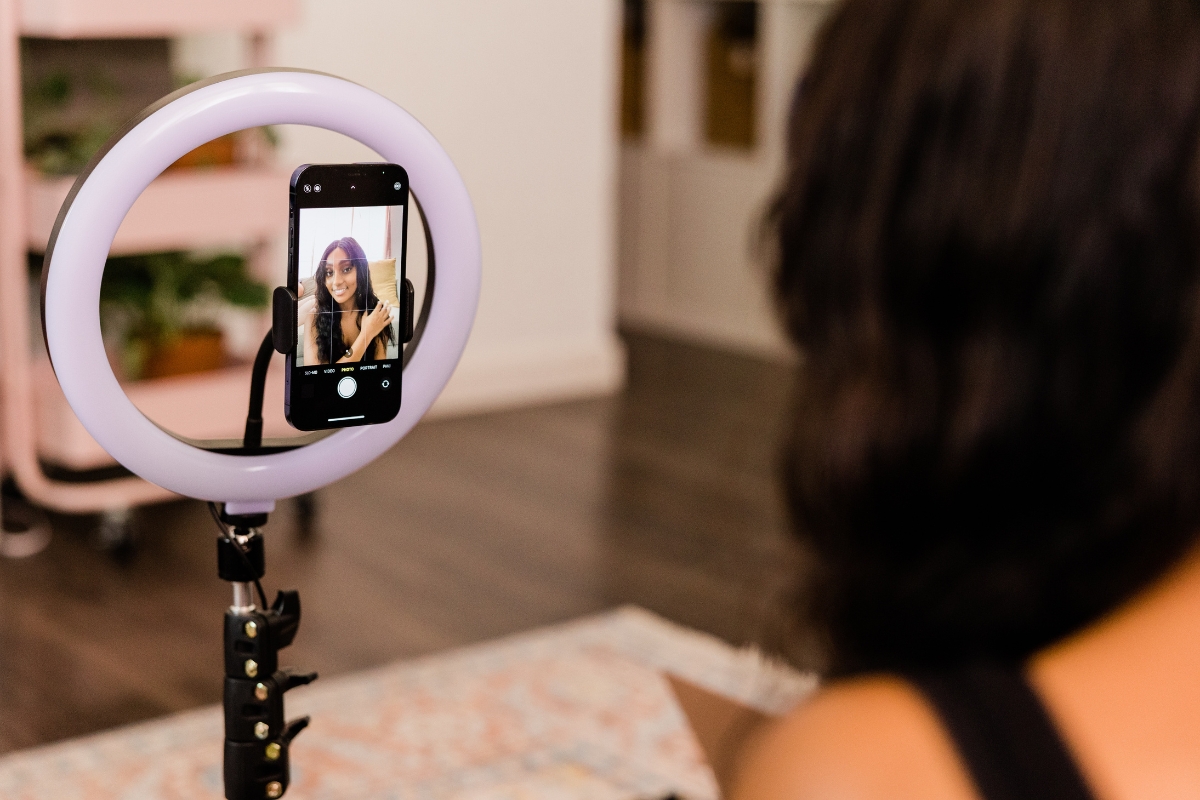
Virtual influencers may seem like a smart solution for brands looking to streamline their marketing, but they are not without complications. One of the biggest concerns is the risk of over-reliance on digital personas, especially when they are positioned as relatable or emotionally engaging figures. While these characters can appear lifelike and consistent, they lack the real-world context and complexity that human influencers bring. This can lead to a disconnect with audiences who are seeking authenticity.
There is also the issue of how realistic digital characters can become. As technology continues to improve, some virtual influencers begin to fall into what is known as the “uncanny valley,” where their human-like appearance feels off or unsettling. This can make viewers uncomfortable, undermining the brand message rather than strengthening it.
Additionally, digital perfection can create unrealistic expectations for consumers. Virtual influencers do not age, gain weight, or have bad days, which can distort perceptions of beauty, lifestyle, and success. When audiences are constantly exposed to these polished representations, it may negatively impact their trust in both the brand and the broader influencer space.
What Ethical Considerations Surround Virtual Influencers?
A key ethical concern is transparency. If followers are not clearly informed that the influencer is a digital creation, the relationship between the brand and the audience becomes questionable. Trust depends on honesty, and vague disclosures can easily be seen as manipulative or misleading.
Representation is another important factor. Because virtual influencers are designed rather than born, every aspect of their appearance, personality, and messaging is crafted by a team. This raises questions about diversity, stereotypes, and the responsibility of brands to portray their characters in ways that reflect real audiences without falling into tokenism.
There is also growing debate about the impact these digital personas have on working creatives. Human influencers rely on brand partnerships for income, and the rise of virtual competitors—who never sleep, never complain, and never make mistakes—could threaten their role in the industry. Brands need to consider how to balance innovation with fair opportunities for human collaborators.
How Do Virtual Influencers Impact Consumer Trust?
The trust consumers place in influencers is built on relatability, vulnerability, and personal experience. Virtual influencers challenge this model by removing the human element entirely. Their stories, opinions, and personalities are created by teams, not lived experiences. However, studies show that audiences are often still willing to engage with virtual personas—if they know the truth. When companies are open about the nature of these influencers and clearly identify their digital origins, many consumers still respond positively, particularly if the content feels consistent and honest.
Transparency, consistency, and a clear brand voice are essential to maintaining that trust. Content must be crafted carefully, and disclosures should be obvious and direct. When audiences know what they are engaging with and why, they are more likely to respond with curiosity rather than skepticism.
What Technical and Creative Challenges Exist in Virtual Influencer Development?
Building a believable virtual influencer takes more than just good design. Technically, it requires advanced animation tools, motion capture capabilities, and artificial intelligence that can replicate human communication patterns. These systems must work together to create a character that looks natural, sounds realistic, and reacts to the world in believable ways.
Creatively, the team behind a virtual influencer has to build a character with depth. It’s not enough to have a polished look; the persona needs a backstory, a consistent tone, and the ability to evolve. Balancing brand goals with audience expectations takes careful planning and constant refinement.
It’s also a multidisciplinary effort. Designers, writers, developers, and marketers all need to collaborate closely to keep the character aligned with the brand while staying fresh and relevant. This type of ongoing work demands not just creativity but significant investment in both time and technical resources. When done well, however, a virtual influencer can become a powerful and adaptable tool in a brand’s digital strategy.
How Is Data and Analytics Used to Optimize Virtual Influencer Campaigns?
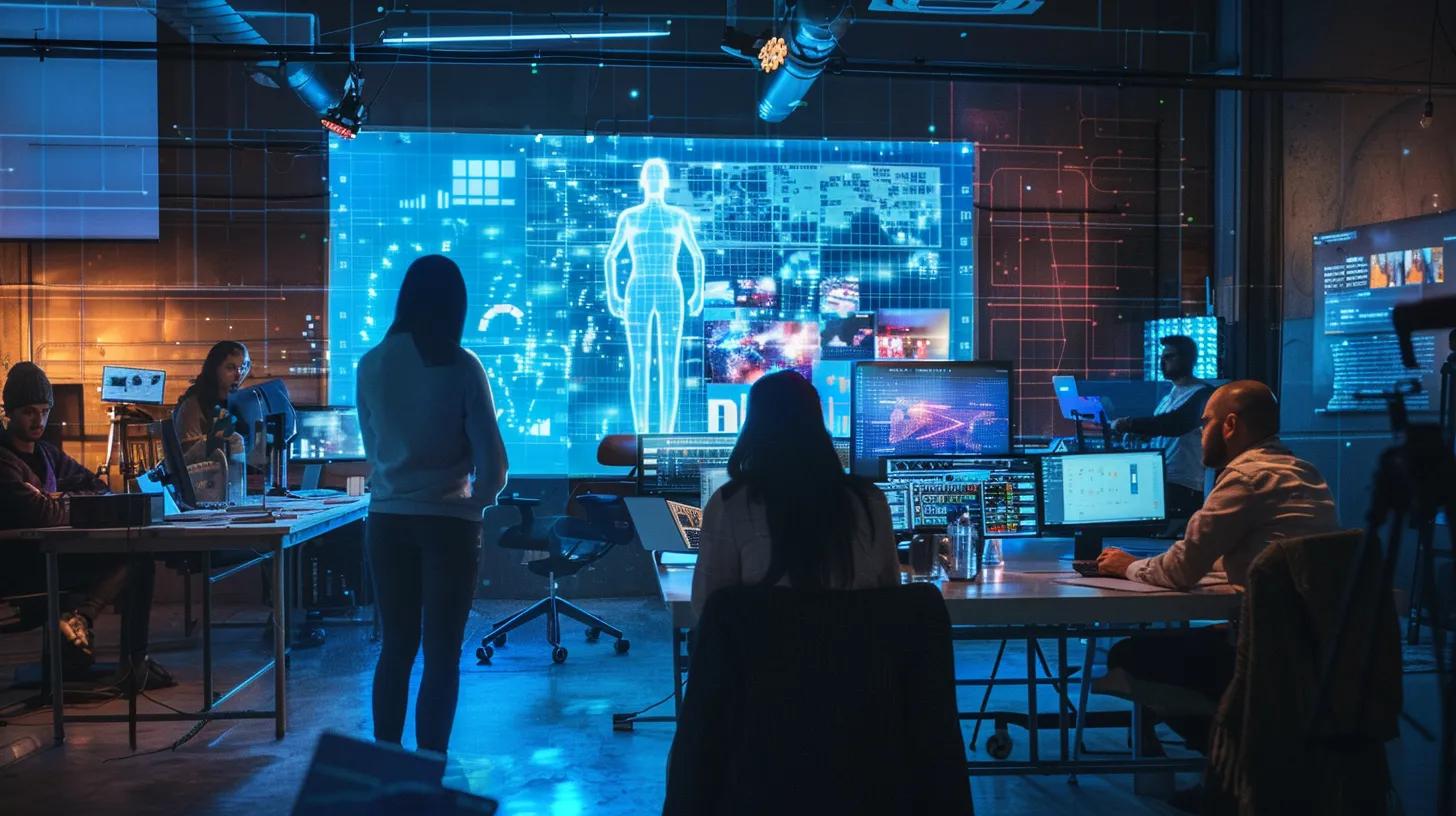
Data and analytics play a central role in shaping the success of virtual influencer campaigns. These tools help brands understand what content is working, which audiences are responding, and how to fine-tune future strategies based on real evidence. Rather than relying on assumptions or guesswork, companies use analytics to make informed decisions throughout the campaign lifecycle.
Virtual influencers offer flexibility that traditional influencers often cannot. Because every aspect of their persona and output is controlled by the brand, data can be used to quickly adjust messaging, tone, visual style, or posting schedule in response to performance feedback. Metrics like audience engagement, video views, click-through rates, and sales conversions help determine whether the campaign is meeting its goals or needs to shift direction.
Using analytics also helps companies avoid wasting resources on ineffective content. If a particular approach isn’t working, the data will show it. Brands can then reallocate time and budget toward what’s delivering results, ensuring that virtual influencer marketing stays both creative and cost-effective.
What Role Does Real-Time Data Play in Campaign Optimization?
Real-time data gives brands immediate visibility into how audiences are reacting to a campaign. This feedback loop allows marketing teams to make quick adjustments, whether it’s tweaking a caption, changing a visual, or shifting focus to a different product feature.
Social media platforms and analytics dashboards provide up-to-the-minute information about likes, shares, comments, and viewer sentiment. For virtual influencers, this is especially valuable. Their content can be modified on the fly, and because their “personality” is entirely designed, brands are free to experiment without needing to coordinate with a human creator.
Real-time insights also help inform decisions about timing, frequency, and placement. If audience activity spikes at a certain time of day, or if one platform is performing better than another, marketers can use that information to reorient the campaign quickly.
How Are Metrics Tracked for Virtual Influencer Success?
Tracking success involves a mix of quantitative and qualitative measures. On the numbers side, marketers look at impressions, engagement rates, follower growth, and conversions. These metrics reveal how much attention the content is getting and whether it’s driving action.
On the qualitative side, sentiment analysis is often used to understand how people feel about the content. Comments and discussions are reviewed to see if followers are connecting with the virtual influencer in a meaningful way. This layer of insight is important for long-term brand equity and trust, especially when using a digital persona.
Analytics platforms also make it possible to break down performance by demographics, helping brands determine whether they’re reaching the right audience. Over time, this data builds a clearer picture of what works, allowing for stronger creative planning and better targeting.
How Can Brands Maximize ROI Using Analytics?
To get the most value from a virtual influencer campaign, brands need to use analytics not just to track performance, but to guide strategy. This means identifying which types of content generate the most engagement and which platforms yield the highest return. A/B testing is a common technique where multiple versions of a post are tested to see which one performs better. This approach helps fine-tune messaging, visuals, and calls to action. Predictive analytics can also be used to forecast future outcomes based on past trends, allowing companies to anticipate what content is likely to succeed.
Budget optimization is another key area. By understanding which parts of a campaign are delivering the strongest results, brands can allocate resources more efficiently. Instead of spreading their budget thin, they can invest more heavily in the approaches that have proven effective.
What Does the Future Hold for Virtual Influencers in Digital Marketing?

Virtual influencers are expected to play a growing role in digital marketing as technology continues to evolve and consumer behavior becomes increasingly driven by digital experiences. With improvements in artificial intelligence, 3D rendering, and interactive media, brands are finding new ways to create and manage digital personalities that resonate with audiences. These virtual figures offer creative freedom and consistency, and they are becoming part of long-term brand strategies rather than short-lived experiments.
As digital platforms continue to integrate advanced analytics and automation tools, the ability to personalize content and track performance in real time is expanding. Virtual influencers are benefiting from this shift, offering brands greater control over messaging, tone, and visual identity. At the same time, consumer habits are adapting. Younger audiences, in particular, are more comfortable with digital-first interactions, which makes virtual influencers a natural fit for the next generation of marketing campaigns.
How Will AI and Technology Evolve Virtual Influencers?
Technology will continue to shape how virtual influencers operate and interact with audiences. AI systems are becoming better at processing language, understanding context, and responding in ways that feel more natural. This progress will allow digital influencers to hold real-time conversations, host live events, and adjust their messaging based on audience feedback.
Advancements in augmented and virtual reality will also allow these influencers to appear in more immersive settings, offering users a more interactive experience. For example, a virtual influencer could guide customers through a product demonstration in a 3D environment or appear at a digital launch event in real time. These features will move digital personas closer to replicating the presence and flexibility of a human influencer while offering more control and predictability.
What Emerging Trends Are Shaping Virtual Influencer Strategies?
Virtual influencer strategies are expanding beyond fashion and lifestyle brands. Industries like technology, gaming, travel, and even education are starting to explore how digital personalities can enhance engagement. As these use cases grow, the strategy behind virtual influencers is also changing.
Brands are beginning to blend human and virtual talent in joint campaigns. This approach brings a sense of realism to the digital influencer while offering creative flexibility. At the same time, content is becoming more personalized, with AI tailoring messaging based on user behavior, platform preferences, and audience demographics.
Blockchain technology is also entering the conversation, offering a way to secure digital contracts and provide transparency around collaborations and content ownership. These developments support the broader push toward ethical marketing practices, especially as consumers ask for more accountability from brands.
How Might Consumer Perceptions Change Over Time?
As virtual influencers become more common, public opinion is likely to shift. Initial reactions have often ranged from curiosity to skepticism, especially when audiences are unclear whether they are interacting with a real person. However, as awareness grows about how these digital personas are created and used, and as disclosures become more standardized, perceptions are expected to improve.
Many consumers already follow virtual influencers without much concern about their digital nature, focusing more on the entertainment or value they provide. Over time, consistency and transparency will help build trust. If audiences see that a virtual influencer consistently delivers useful, interesting, or entertaining content, and that they are clearly labeled as digital, the hesitation tends to fade.
Virtual influencers are not a replacement for human creators, but rather a new tool in the marketing toolbox. When used thoughtfully, they can add depth, creativity, and control to brand storytelling. As technology improves and marketing teams become more experienced with digital personas, these influencers will likely become a regular feature of the digital landscape rather than a passing trend.
How Can Companies Successfully Create and Manage Virtual Influencers?

Creating and managing a virtual influencer involves much more than building a digital character. It takes a combination of technical skill, creative direction, and a clear marketing plan. Companies need to treat these digital personas like long-term brand assets, not short-term campaigns. That means developing a strategy that includes consistent content production, audience engagement, and performance evaluation.
As the digital landscape shifts, businesses that want to experiment with virtual influencers should focus on building a solid foundation. This includes identifying the purpose of the influencer, outlining key audience segments, and understanding the tone and messaging that will guide all interactions. Planning early for content scheduling and performance tracking is also critical to long-term success.
What Are the Key Steps in Virtual Influencer Creation?
The process starts with character development. A virtual influencer must have more than a digital face—they need a defined personality, voice, and visual style. This involves collaboration between creative teams, animators, and marketers who can translate brand values into a digital character that feels believable.
Once the concept is in place, the next step is technical production. This includes designing 3D models, animating expressions and gestures, and building AI systems that guide interaction. These steps require access to tools that handle rendering, motion capture, and scripting. As the influencer takes shape, early feedback from internal stakeholders or small audience tests helps refine the character’s appeal and messaging.
After the design and testing phases, a content strategy is rolled out. This should include planned campaigns, social media content, and interactive features to keep audiences engaged. Monitoring how the audience reacts will help companies adapt the influencer’s voice, visuals, and behavior to stay relevant.
How Do Brands Build Effective Collaborations With Virtual Influencers?
For a collaboration to work, the influencer’s digital identity needs to align with the brand’s goals. That means defining a clear partnership scope before launching campaigns. Is the influencer representing a product? Promoting a service? Driving awareness for a broader initiative? These questions need clear answers.
Partnerships with virtual influencers also require transparency. Audiences should know when a digital character is promoting something. Without this clarity, brands risk losing trust. Regular communication among creative, technical, and marketing teams ensures that the influencer stays consistent with campaign objectives and company values.
Using data is key to keeping collaborations on track. Brands should review engagement metrics, audience sentiment, and conversion rates to decide what’s working and what needs adjustment. This approach not only helps optimize future campaigns but also builds a feedback loop that guides content and messaging in real time.
What Tools and Platforms Support Virtual Influencer Management?
Managing a virtual influencer long term means relying on a mix of creative and technical tools. Content management systems help schedule posts and track performance across platforms. Social media analytics tools offer insight into how followers engage with posts. These tools work best when integrated with software that supports animation updates, asset storage, and visual tweaks.
Project management tools also help coordinate teams that contribute to the influencer’s development. This includes creative staff, developers, and social media managers who must stay aligned on deadlines and messaging. In addition, access to real-time analytics dashboards allows teams to measure performance quickly and make fast decisions when engagement trends shift.
Brands that take a thoughtful, strategic approach to virtual influencer creation and management will be better positioned to benefit from this growing trend. The key is building a digital personality that feels consistent, relatable, and flexible enough to evolve alongside the audience. With the right structure in place, virtual influencers can become a valuable part of a company’s broader marketing strategy.
Final Thoughts
Virtual influencers are rewriting the rules of digital engagement, offering brands fresh creative opportunities while also raising important questions about authenticity and audience connection. As you explore this cutting-edge space, balance innovation with thoughtful strategy—ensuring your virtual ambassadors reflect your brand’s values and resonate genuinely with followers. Curious how virtual influencers can amplify your message and drive engagement? Newman Web Solutions has the expertise to craft a strategic plan tailored to your goals with our expert marketing strategies. Call us at (404) 301-9189 or get your free 30-minute marketing strategy session today to step confidently into the future of influencer marketing!





